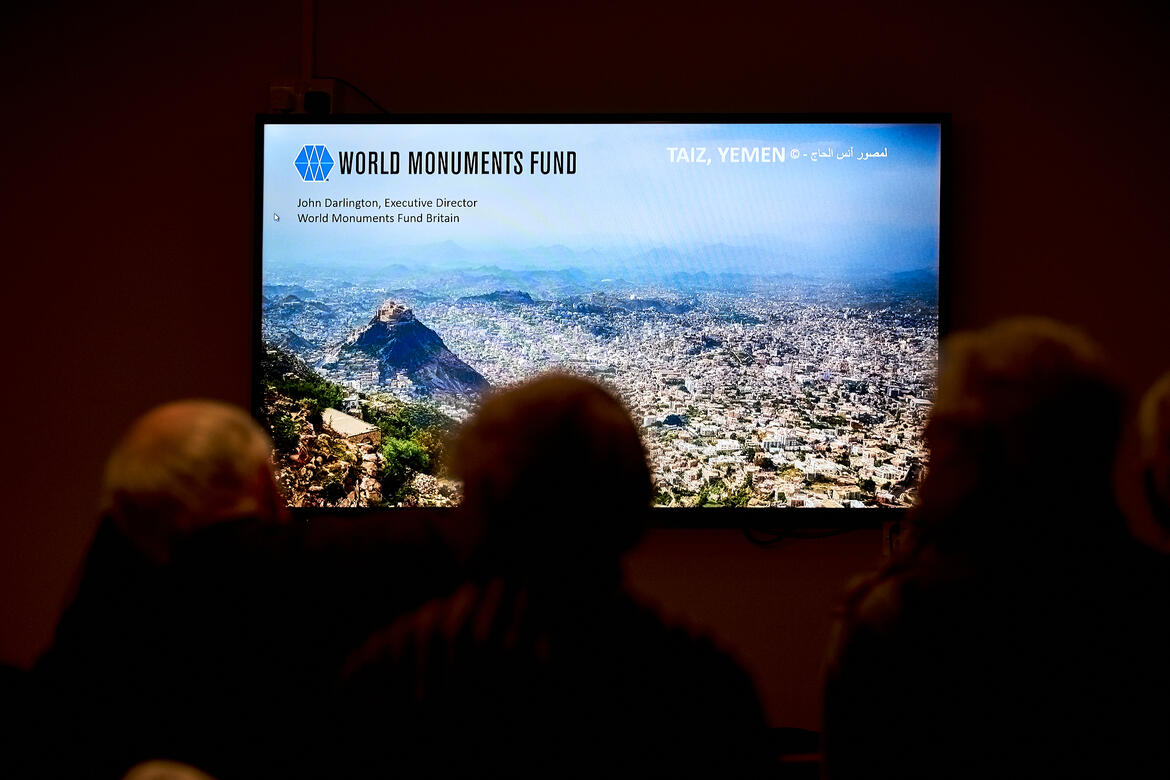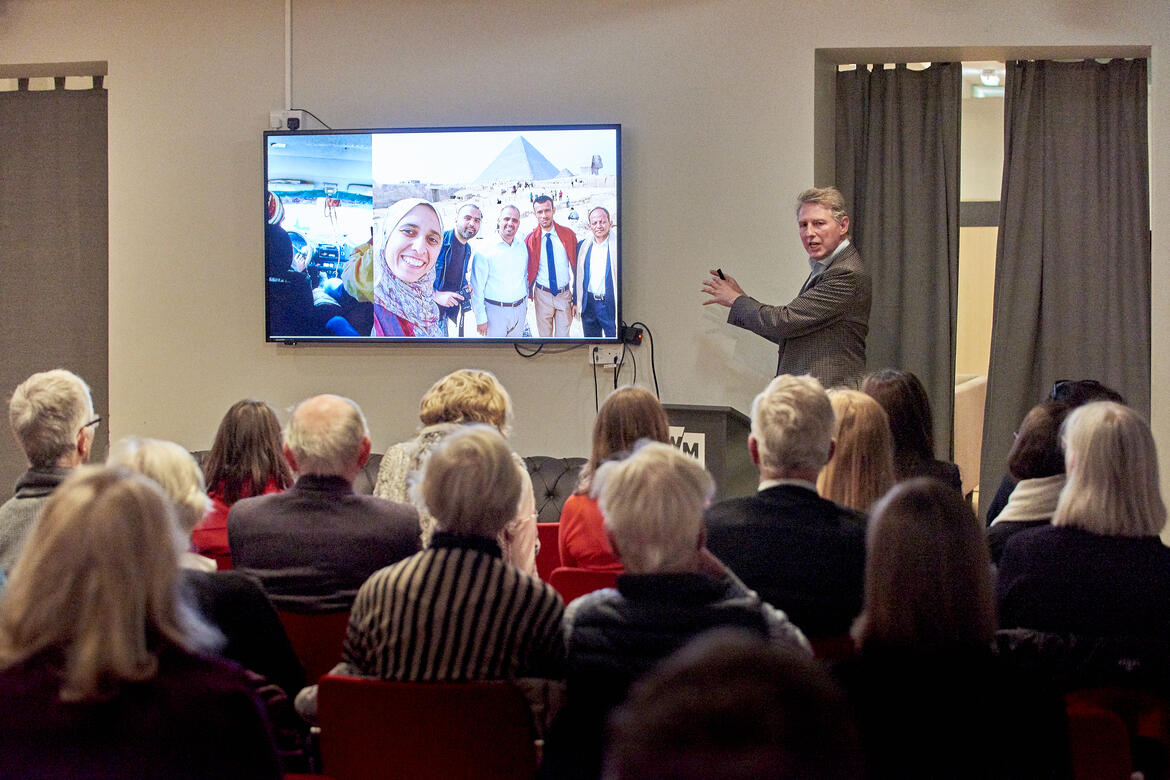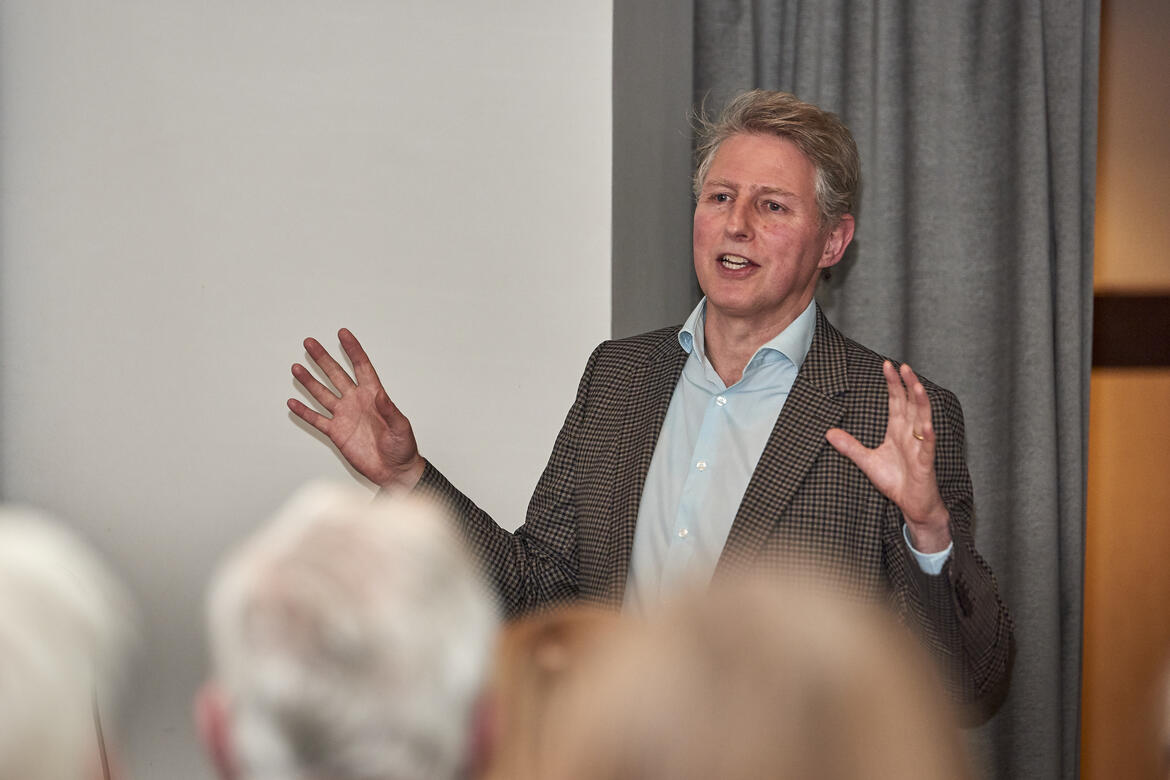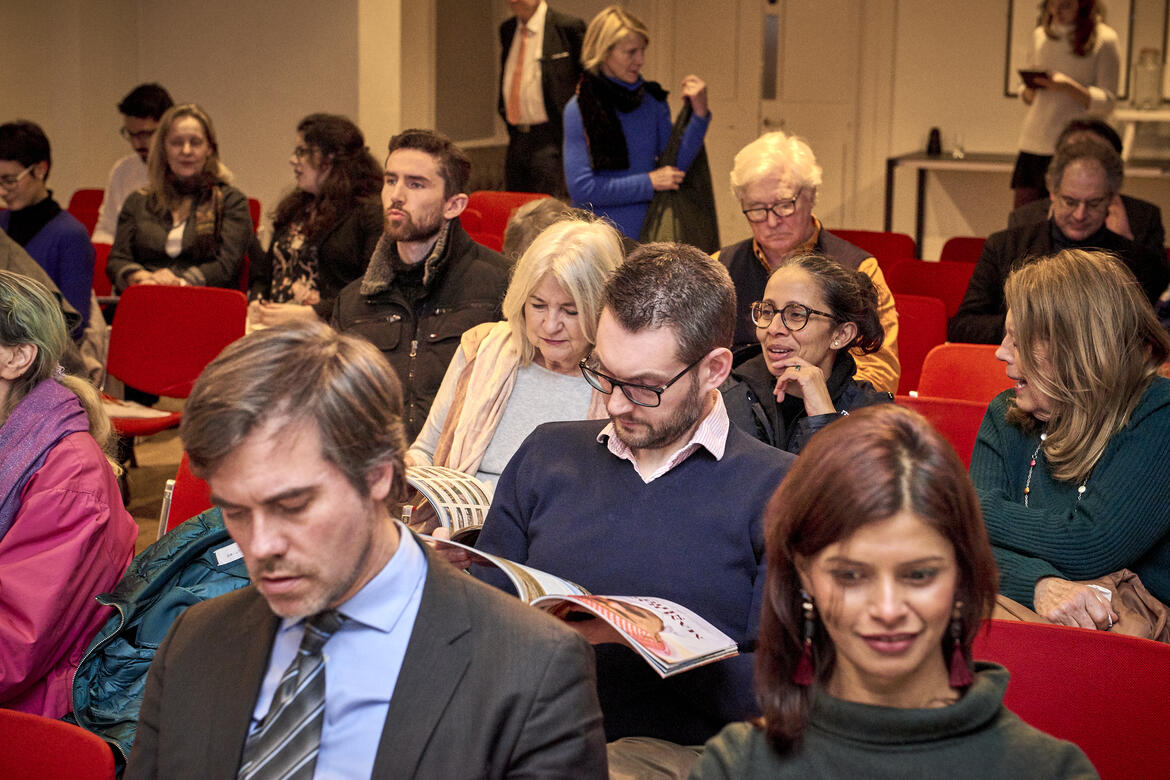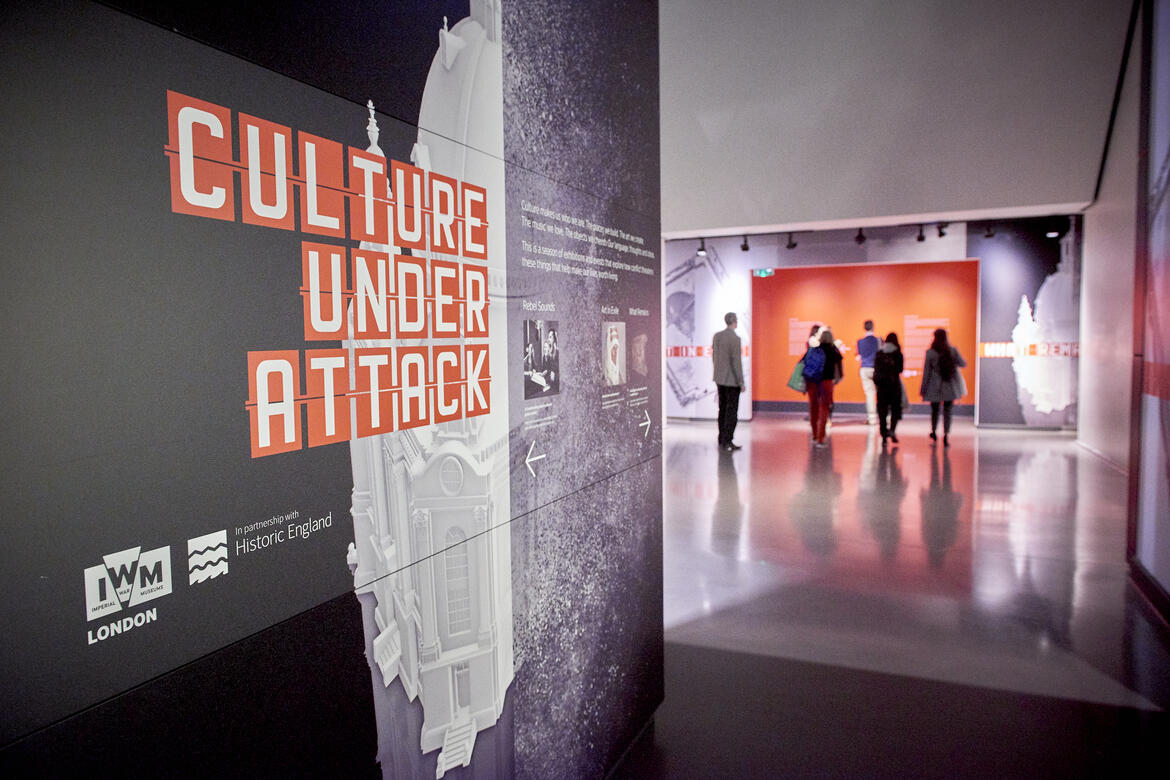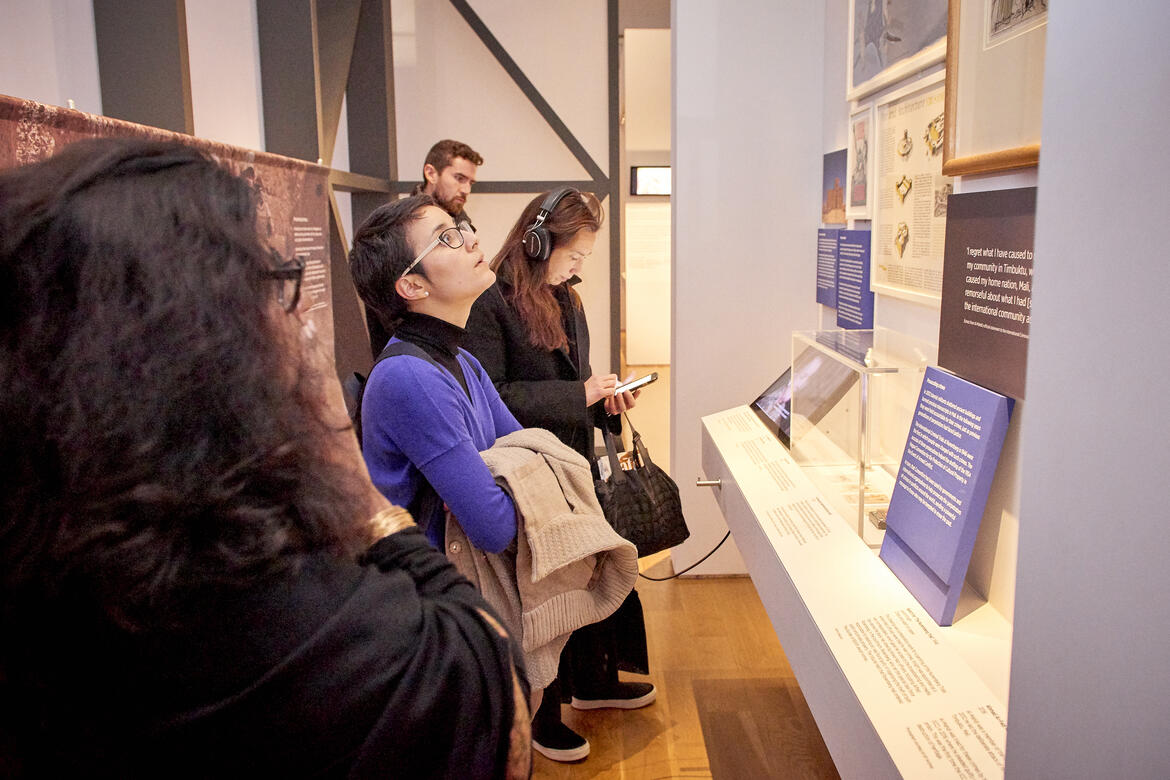An Evening on the Destruction of Yemen
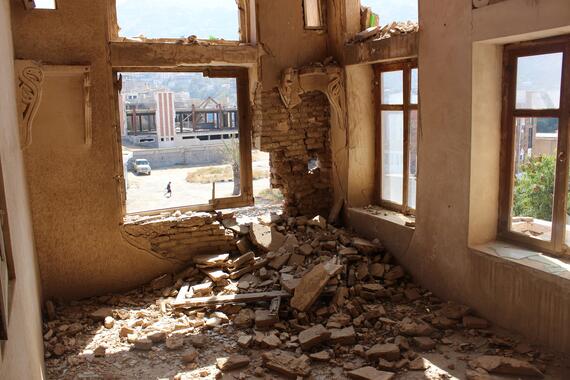
Disasters brought on by human conflict place heritage sites in the crosshairs. But when the time is right, we can help communities restore the buildings and places that define their values and identity.
On December 2nd, World Monuments Fund welcomed our friends, supporters, and partners to a special discussion at London’s Imperial War Museum exploring Yemen’s distinctive historic architecture, its complex cultural and political past, and efforts to restore its heritage damaged by war.
Eric Vallet from the University of Paris 1 Panthéon-Sorbonne kicked off the evening with an overview of the history of Yemen, which has been home to many great civilizations that have contributed to the diverse tableau of cultures and built heritage still existing today. Afterwards, Eric joined a panel discussion chaired by journalist Charlene Rodrigues and featuring speakers Alessandra Peruzzetto, WMF’s Program Director for Archaeology and Middle East, and Tamsin Silvery, Cultural Programme Curator at Historic England and co-curator of the Imperial War Museum’s “What Remains” exhibition. The panel explored the broader issues of restoring historic sites in the aftermath of conflict and working with communities to achieve the most desired outcomes.
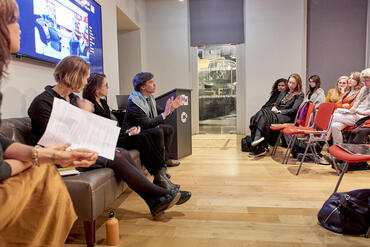
Yemen’s Civil War has resulted in widespread damage to historic buildings throughout the country, and destruction has been particularly severe in the Old City of Ta’izz. World Monuments Fund included the historic city on the 2018 World Monuments Watch as an expression of concern for the protection of its built fabric. Soon after, World Monuments Fund and World Monuments Fund Britain were awarded a British Council Cultural Protection Fund grant to support conservation skills training, post-conflict planning, and physical restoration in the historic city, building upon earlier support from a private US donor. The project has worked in partnership with the General Organization of Antiquities and Museums (GOAM) of Ta'izz to carry out emergency repairs at the National Museum, which was shelled in 2016, leaving its collection of manuscripts destroyed. In November, restoration of the façades and roof of the museum was completed, bringing a much cherished building back to life and demonstrating that it is possible to achieve extraordinary things, even under the most difficult circumstances.
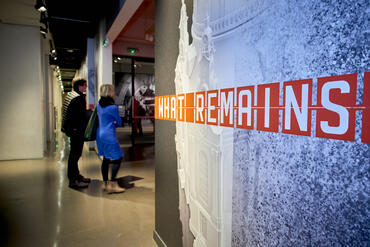
Following the panel, guests had the opportunity to explore “What Remains,” an exhibition examining cultural heritage attacked during war. Among many powerful images and artifacts from around the world, the exhibit features a stone carved by a trainee from our stonemasonry training program in Mafraq, which provided Syrian refugees and Jordanians with skills to help them find jobs and potentially restore conflict-damaged heritage sites.
Browse the images below for more from this special evening.

